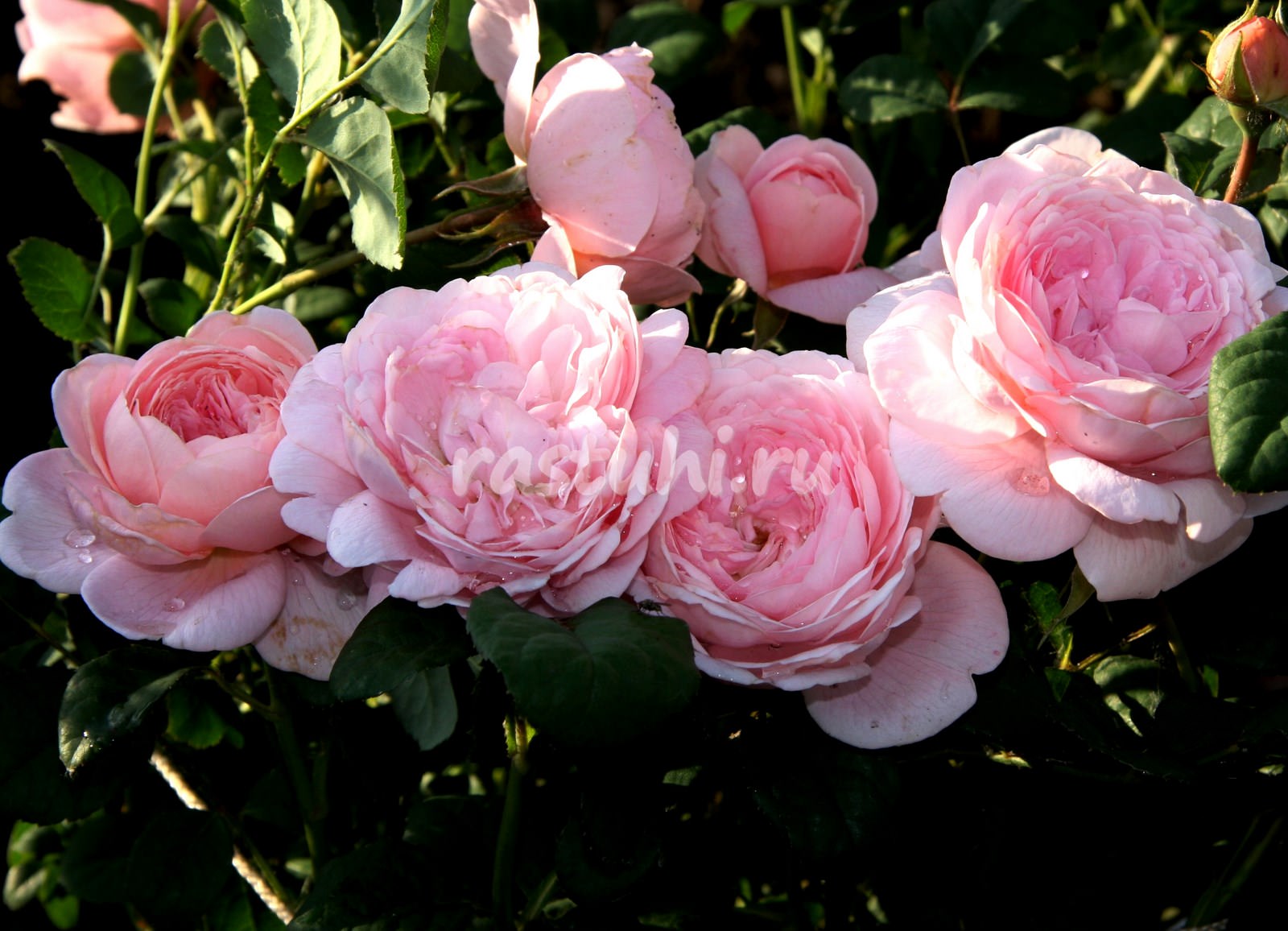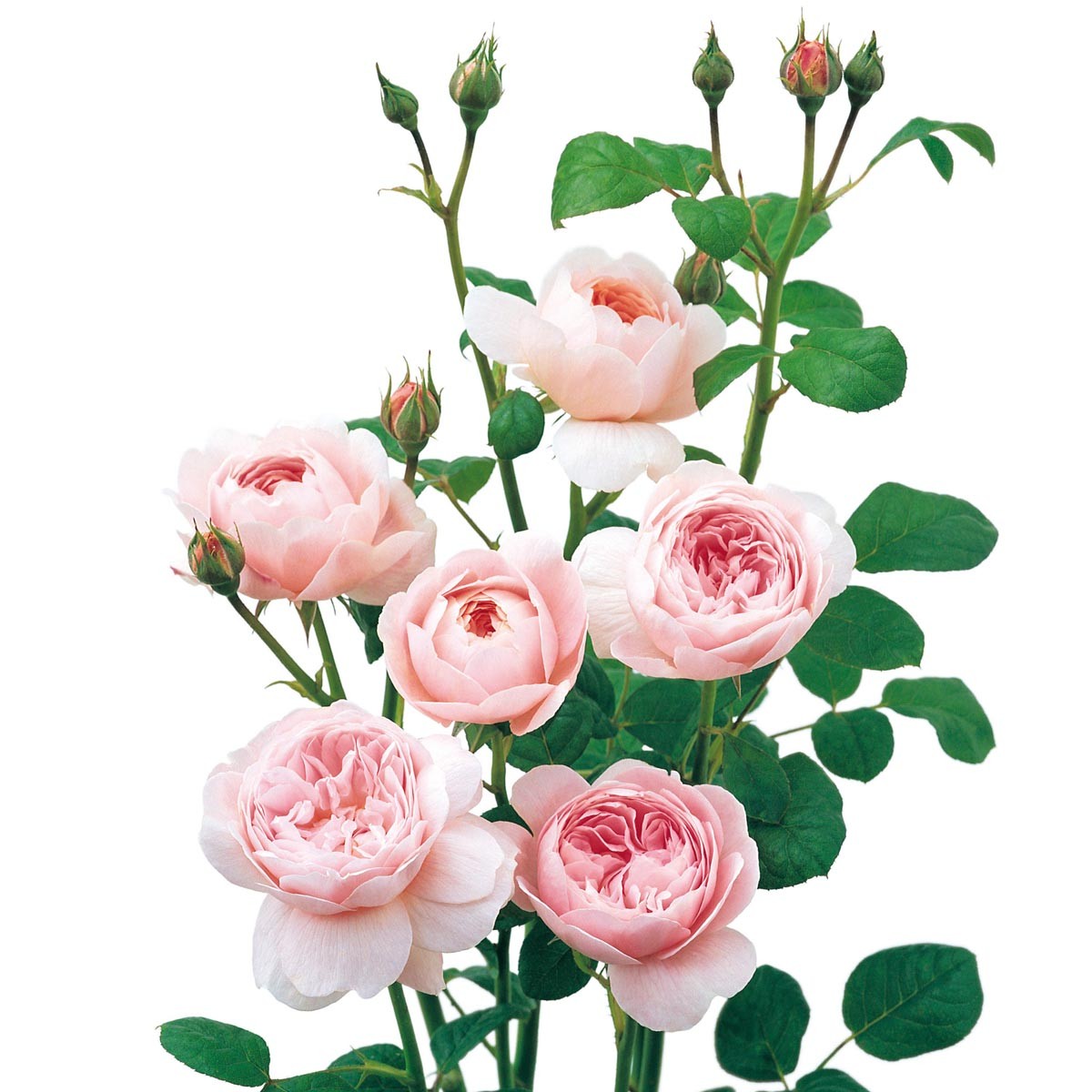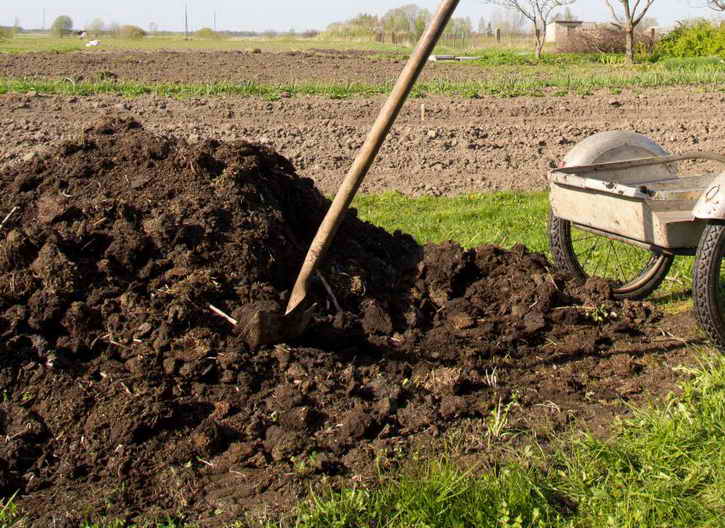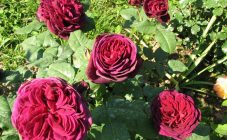Content:
Blooming profusely, with a beautiful shape of buds and various colors of petals, English roses are in great demand among flower growers from around the world.
Rose Queen of Sweeden is one of the unusual varieties bred by the English breeder David Austin. What it looks like and why it has become so popular - you need to figure it out.
The history of the creation of the variety
The rose Queen of Sweeden was named after Queen Christina of Sweden. In the middle of the 17th century, she signed the famous agreement on trade and cooperation with Great Britain, together with the Lord Protector Oliver Cromwell.
Queen of Sweden rose is one of the youngest in the Austin rose group, it was bred by English breeders in 2014. The main advantage of this flowering plant is its high resistance to cold weather. Therefore, Russian flower growers living in the middle lane, in the Urals and in Siberia, are interested in the Queen of Schweden rose. These rose bushes are capable of thriving in cold climates.
Characteristics and features of the variety
A description of the Queen of Sweden Christina rose usually begins with a story about a perennial shrub. This perennial is of medium height. Erect shoots grow no longer than 1.1-1.2 m, and the diameter of the bushes is about 0.8 m. The shoots are covered with a large number of thorns, so caring for this rose is difficult.
Rose Queen of Schweden is beautiful at all stages of flowering. The buds that appear are light pink in color, and the delicate apricot color is preserved at all stages of blooming. The buds are terry - each flower has at least 30-35 petals. But the size of the flowers is small - about 7-7.5 cm in diameter. The shape of the blossoming flowers is regular cup-shaped.
The variety was bred for cutting, but it is also used for landscaping park areas; gardeners are planted in flower beds.
After cutting, bouquets of this variety stand for a long time - at least 13-15 days, without losing a good decorative appearance.
During the rainy season, the blossoming buds droop under the weight of raindrops, so after rainy weather, you should carefully shake off the flowers.
Agrotechnics
The place for planting seedlings of this perennial plant should be prepared in advance - to bring in manure or compost for digging in the fall. If the area is acidified, add lime at the same time. In the spring, you need to re-dig the site and add mineral fertilizers.
Since most often these seedlings are sold with a closed root system, it is very easy to plant them in planting holes. The main thing is that the size of the pit is not less than the volume of the earthen coma. A drainage layer is laid out at the bottom of the pit; it is better to take fine gravel or gravel for this. The distance between the bushes should be at least 1 m, in this case the bushes will not interfere with each other during the growth process.
Further care for the planted bushes consists in adhering to the irrigation regime, loosening the near-trunk circles with the simultaneous removal of weeds, applying a mulch layer, fertilizing the soil several times per season and regular pruning.
Advantages and disadvantages of the variety in comparison with other varieties
The obvious advantages of this rose include:
- high resistance to frost;
- beautiful shape of blossoming buds;
- continuous flowering throughout the summer.
Florists do not talk about the disadvantages of the variety. But it should be noted that the variety does not tolerate the rainy season very well, and its shoots are densely covered with thorns, therefore, carry out pruning and other work on the care of these bushes in thick work gloves.















